The 4 Best Stock Funds for the Next Bear Market
These mutual funds can help you weather a downturn.


Since the presidential election, the stock market has been like a long, lovely summer day. The sky is blue, there’s barely a breeze—and everything is coming up roses. Indeed, Standard & Poor’s 500-stock index has gone more than 100 trading days without falling more than 1% on any one day—surpassing the last such streak, which occurred in 1995.
But the bull market is now more than eight years old, making it the longest-lived bull except for the one that lasted from October 11, 1990 to March 24, 2000. Since March 9, 2009, the S&P 500 has soared 317% (including dividends)—the third-biggest gain of any bull market in history.
Bull markets don’t die of old age. But stock valuations are rich compared with historical measures. Stock prices are in the top 10% of valuations based on their ratios of price to earnings, to cash flow and to book value (assets minus liabilities), according to the Leuthold Group, an investment research firm. The S&P is trading at a P/E of 20, based on earnings for the past 12 months. Markets can remain overvalued for a long time, but the more overvalued they are, the steeper the losses in the next bear market tend to be. “P/Es don’t tell you much about near-term risk, but they do tell you about the extent of the ensuing downturn,” says Doug Ramsey, Leuthold’s chief investment officer.
From just $107.88 $24.99 for Kiplinger Personal Finance
Be a smarter, better informed investor.

Sign up for Kiplinger’s Free Newsletters
Profit and prosper with the best of expert advice on investing, taxes, retirement, personal finance and more - straight to your e-mail.
Profit and prosper with the best of expert advice - straight to your e-mail.
On average, bear markets have occurred about every five years, and it has taken roughly 2½ years for investors who bought at the market’s peak to recover their losses. But, for whatever reason, recent bear (and bull) markets have been more severe and protracted than previous ones. The S&P plunged 55.3% in the 2007-09 bear market, and the index fell 47.4% in the 2000-02 bear market. Those were some of the worst declines since the Great Depression.
What’s more, virtually every bear market has seen losses of more than half of the gains in the previous bull market. From current levels, that could take the S&P 500 down to about 1527, roughly a 36% drop. A similar drop would put the Dow at about 13,731, down 34%. Ouch! (The S&P 500 and the Dow closed at 2,378 and 20,915, respectively, on March 17.)
I don’t expect a bear market right now, nor does Ramsey. Readings of consumer and business confidence are high and rising, suggesting that the economy expansion is intact and could even strengthen. Nor does inflation seem a danger.
But that doesn’t mean we’re not due for a breather. Since World War II, the market has experienced 20 corrections — defined as declines of 10% to 20% — that didn’t become bear markets. Only about one-third of corrections morph into full-blown bear markets.
Funds for Surviving a Bear Market
Whatever’s in store, this late into a bull market is unquestionably a good time to start investing more cautiously. Here are my favorite funds for surviving the next bear market. Expect them to lag a bit during bull markets but lose less than the market overall in corrections and bears. All are run by proven managers who have produced solid returns over the long term.
Parnassus Core Equity Investor (symbol PRBLX) makes the strongest argument I’ve seen that socially conscious investing can be done superbly. The fund only invests in companies it regards as environmentally friendly and socially responsible, with ethical, shareholder-friendly management. Comanagers Todd Ahlsten and Benjamin Allen look for high-quality stocks, most of them dividend-payers, that have wide or increasing competitive advantages over rivals. Over the past 10 years, the fund returned an annualized 9.9%—an average of two percentage points per year better than the S&P 500. Yet the fund was 11% less volatile than the S&P over that stretch. It held up better than most stock funds in the 2007-09 meltdown, losing only 40.9%. (All returns in this article are through March 17, unless otherwise indicated.)
American Funds American Mutual Fund F-1 (AMFFX) is one of the lowest-risk stock funds from the American Funds family, which specializes in relatively low-risk funds. The firm’s funds, primarily sold through advisers, are now available without a sales charge on several online brokerage platforms, including Fidelity and Schwab. Nothing fancy about what the fund’s six managers do: They look for attractively valued industry leaders that pay steady or rising dividends, and they hold stocks an average of more than five years. Over the past 10 years, the fund returned an annualized 7.3%--an average of 0.6 percentage point less per year than the S&P. But the fund was 17% less volatile than the S&P over that time. In the 2007-09 bear market, the fund lost 48.3%.
AMG Yacktman Fund (YACKX) lost its founding manager, Donald Yacktman—who launched the fund in 1992—to semi-retirement. But Yacktman is staying on as an adviser. His son Stephen and Jason Subotky have done the heavy lifting on the fund for years now as comanagers. The fund has a taste for defensive stocks. Companies that make everyday consumer necessities and health care firms account for more than 40% of assets invested in stocks. This fund is built for bear markets. It has lagged the S&P for five straight calendar years and is behind again this year—not surprising given that 20% of its assets are in cash. But over the past 10 years, it returned an annualized 10.4%—an average of 2.5 percentage points better than the index.
FPA Crescent (FPACX) is designed for investors who want to earn solid returns but are most concerned with preserving their capital. Indeed, it hasn’t beaten the S&P in any calendar year since 2011. Yet over the past 10 years, it returned an annualized 7.3%—an average of just one-half percentage point per year less than the S&P. Moreover, the fund was 28% less volatile than the S&P over that period. Currently, Crescent has over 40% of its assets in bonds and cash. Lead manager Steven Romick and two comanagers are patient value investors. For example, after energy prices cratered in 2014 and 2015, the managers tapped some of their cash to buy high-yielding bonds of energy and basic-materials companies. My one quibble: The expense ratio of 1.07% is too high for a fund with a hefty $17.4 billion in assets.
Steve Goldberg is an investment adviser in the Washington, D.C., area.
Profit and prosper with the best of Kiplinger's advice on investing, taxes, retirement, personal finance and much more. Delivered daily. Enter your email in the box and click Sign Me Up.

-
 Social Security Wage Base Rises Again for 2026: Who Pays More Tax?
Social Security Wage Base Rises Again for 2026: Who Pays More Tax?Payroll Taxes The Social Security Administration has announced significant changes affecting millions as we approach a new year.
-
 Quiz: How Well Do You Understand the Social Security Earnings Test?
Quiz: How Well Do You Understand the Social Security Earnings Test?Quiz Test your basic knowledge of the Social Security earnings test in our quick quiz.
-
 US-China Trade Hopes Send Stocks to New Highs: Stock Market Today
US-China Trade Hopes Send Stocks to New Highs: Stock Market TodayApple and Microsoft are on track to join Nvidia in the $4 trillion market cap club.
-
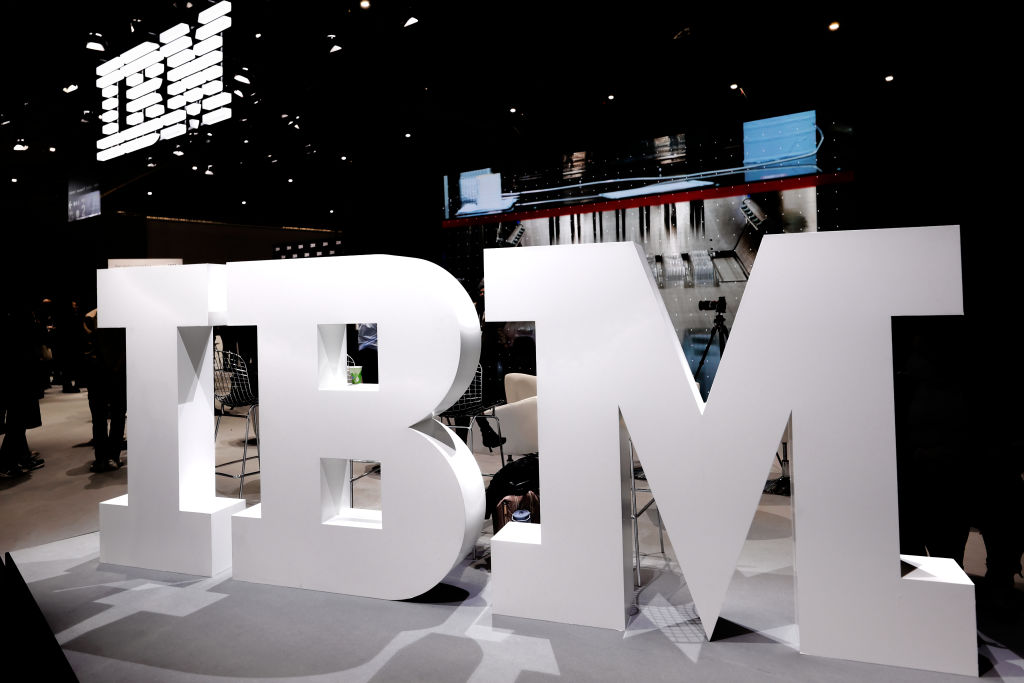 Dow Adds 472 Points After September CPI: Stock Market Today
Dow Adds 472 Points After September CPI: Stock Market TodayIBM and Advanced Micro Devices created tailwinds for the main indexes after scoring a major quantum-computing win.
-
 Honeywell Leads Dow Higher: Stock Market Today
Honeywell Leads Dow Higher: Stock Market TodayOil prices got a lift after the Treasury Department announced new sanctions on Russia's two largest oil companies.
-
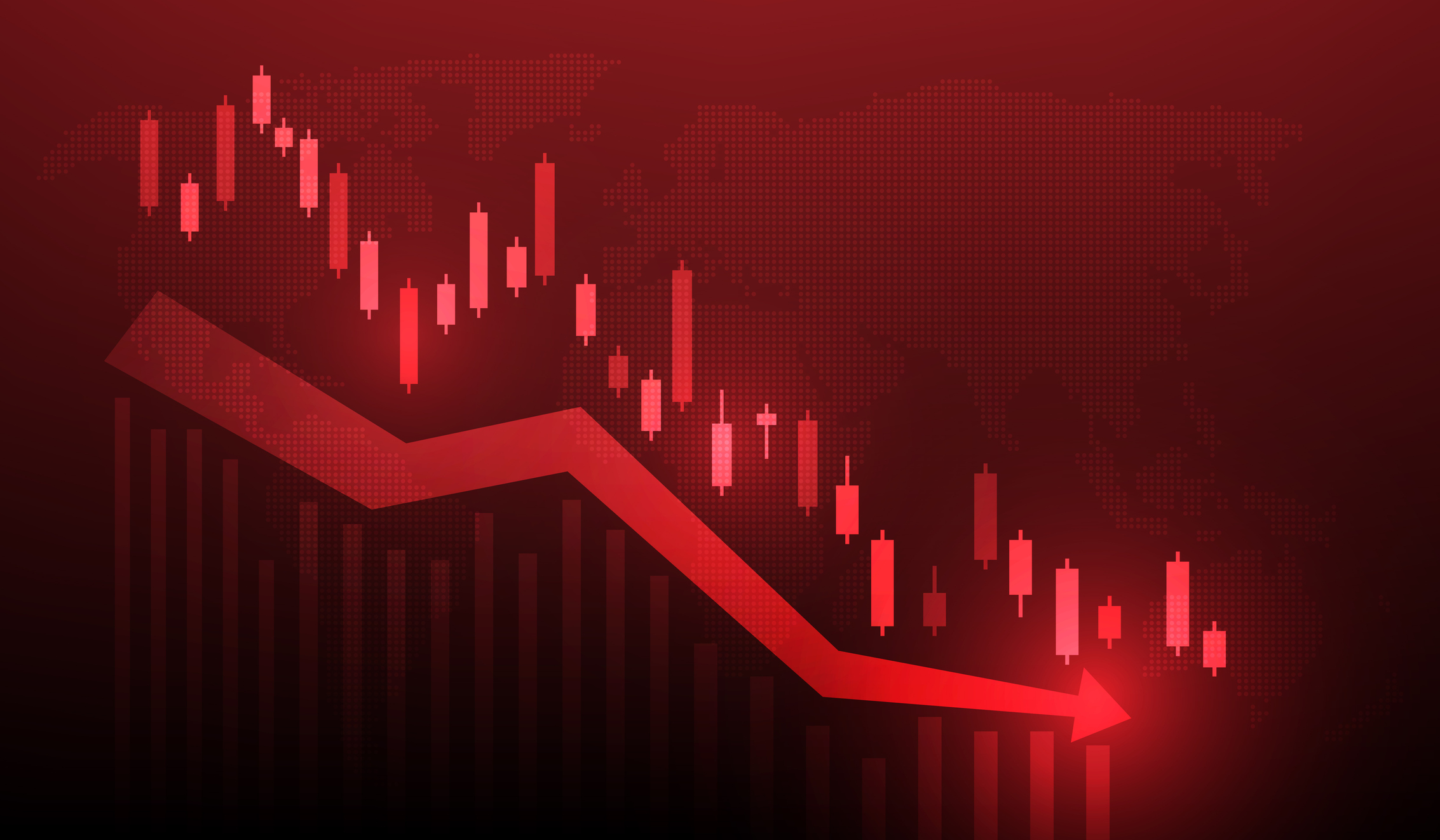 Dow Beats 334-Point Retreat on Tech Bite: Stock Market Today
Dow Beats 334-Point Retreat on Tech Bite: Stock Market TodayInvestors, traders and speculators wonder whether this remains a Magnificent 7 market and how long this AI-driven bull run will last.
-
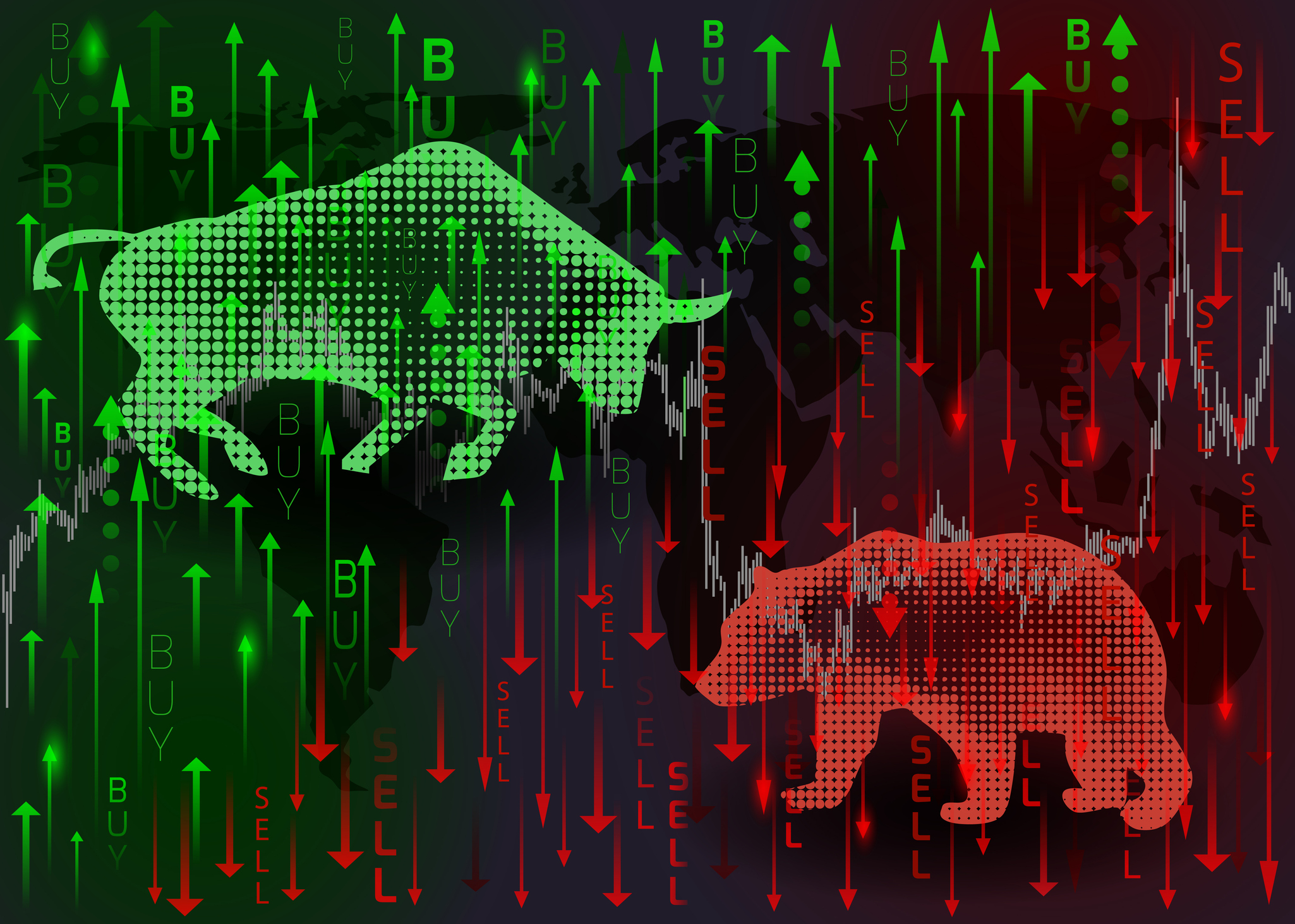 3M, GM, Blue Chips Lead to the Upside: Stock Market Today
3M, GM, Blue Chips Lead to the Upside: Stock Market TodayThe S&P 500 followed the Dow Jones Industrial Average into green territory, but the Nasdaq lagged the other indexes because of its tech exposure.
-
 Dow Adds 516 Points on Broad Optimism: Stock Market Today
Dow Adds 516 Points on Broad Optimism: Stock Market TodayEasing trade war tensions and promise from early earnings reports has investors looking on the bright side to start the week.
-
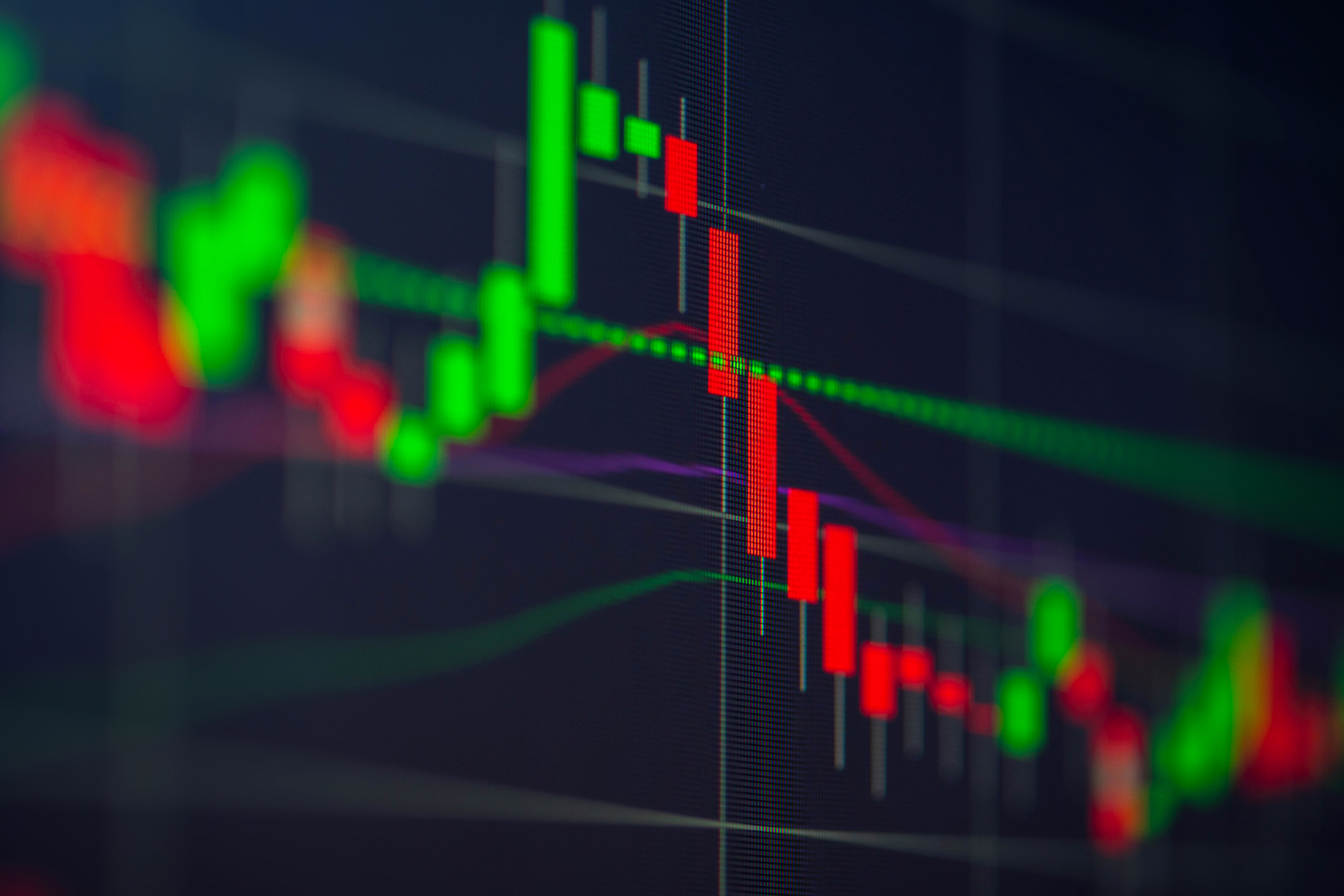 Stocks Rise to End a Volatile Week: Stock Market Today
Stocks Rise to End a Volatile Week: Stock Market TodayThe market's fear index reached and retreated from a six-month intraday peak on Friday as stocks closed the week well.
-
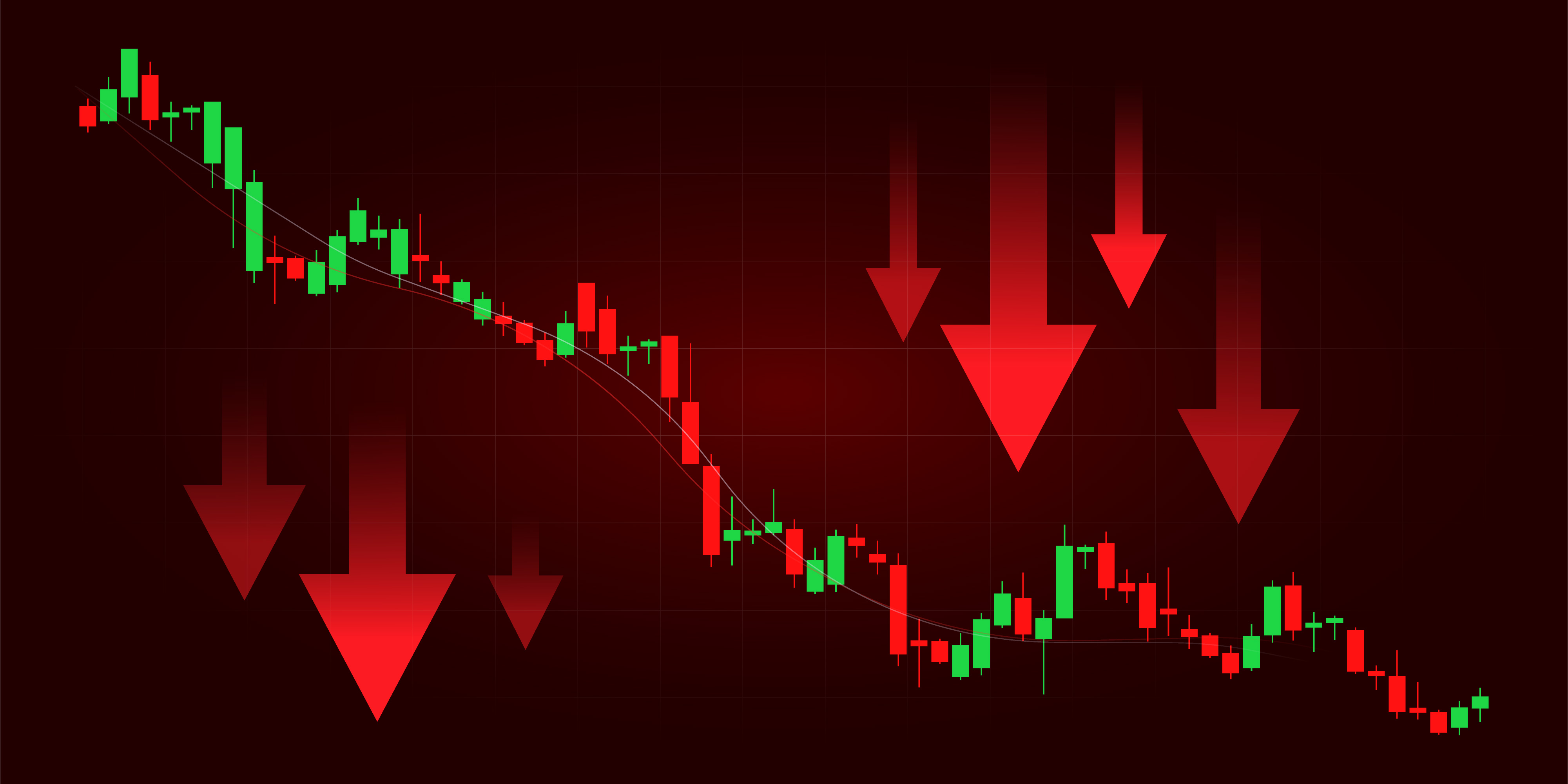 Dow Sinks 301 Points on Trade War Talk: Stock Market Today
Dow Sinks 301 Points on Trade War Talk: Stock Market TodayThe contentious relationship between the world's two biggest economies continues to drive global financial markets.